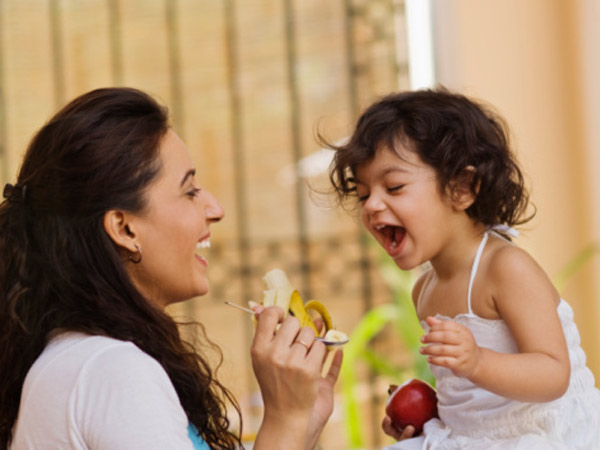Iron is an important nutrient that’s used by the body to produce hemoglobin. Iron deficiency or low hemoglobin can lead to growth deficiencies and behavioral issues in babies and kids. If your good little eater turns into Mr. Picky, most of the time it’s normal. But if your child is pale, lethargic or tired all the time, sees his doctor. The most common medical cause of appetite loss in toddlers is iron-deficiency i.e. anemia. Iron is also important for the immune system. And not getting enough iron could mean more infections, more colds, and more bouts of the flu.
Age Amount of iron per day (recommended daily allowance)
7 to 12 months 11 mg
1 to 3 years 7 mg
Babies
Breast milk contains enough iron to prevent anemia for the first 4 to 6 months of life. After this, babies need other sources of iron in their diet.
Toddlers
Toddlers and preschoolers are especially susceptible to iron deficiency if they drink lots of milk or juices. Regular cow’s milk contains no iron at all. And excessive milk intake can displace iron-rich foods in a toddler’s already finicky diet, and high intakes of calcium in milk can also interfere with the absorption of iron from the foods he does eat. To help children over 2 years of age get enough iron, you should:
- Remove all bottles and offer milk from a cup.
- Limit milk intake to 2 cups (16 ounces, or 450 mL) every day.
- Offer iron-containing foods every day alongside foods high in vitamin C.
Below given are the iron rich foods that can be made a part of baby’s diet above 6 months:
Lean Meats : Meat and poultry are good sources of iron because they contain large amounts of iron
Beans : Soybeans, lima beans, kidney beans, and lentils, for example, are loaded with essential vitamins and minerals, including iron. A half cup of white beans has 4 milligrams of iron, while a half cup of lentils has 3. Chickpeas are high in iron and a great snack for toddlers.
Spinach : Dark green leafy vegetables like kale, broccoli, and spinach are among your best vegetable options for iron. Try serving boiled and drained spinach for your toddler.
Dry fruits : Kids love to snack on raisins. The good news is that the dried fruit can give your toddler a boost in iron, while also helping to prevent constipation.
Potato (Skins) : Potato skins contain most of the nutrients in a potato, including five times the amount of iron as the rest of the potato. Potatoes are also a good source of vitamin C.
Methi / Fenugreek Leaves : Methi / fenugreek leaves / uluva is enriched with iron and can be introduced in the form of methi parathas, methi dal etc.
Mustard Leaves : Mustard leaves famous for the sarson ka saag dish is enriched with iron. It can also be given in the form of soups.
Fish : An excellent source of iron, fish can be steamed, fried or curried as required.
Eggs : Eggs are an easy way to give iron to babies on an everyday basis.
Rice Flakes : Rice flakes or poha or flattened rice can impart the required amount of iron in your baby’s diet.
Jaggery : Unlike sugar, it is rich in iron and folate which help prevent anemia by ensuring that a normal level of red blood cells is maintained.
If your toddler doesn’t eat much meat or other iron-rich foods and has low iron levels, check with your pediatrician as you may need to offer some iron supplements.

